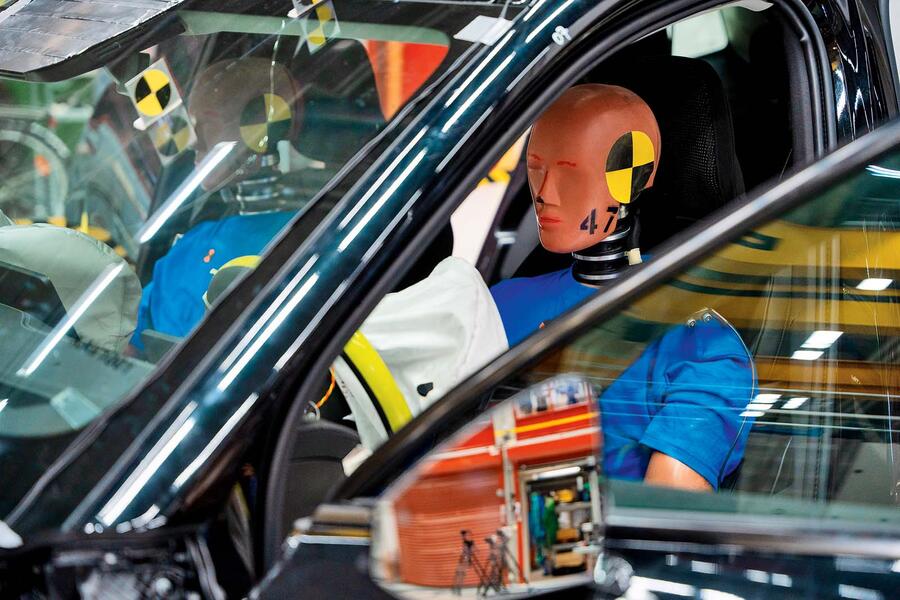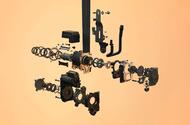The Swedish brand's active safety belt reacts according to the dynamics of impact
With so much emphasis on developing ADAS and fully autonomous vehicles, it may seem as if the industry has run out of ideas for improving the basics.
That isn’t the case. Next year, Volvo’s ultra-sophisticated smart safety belt makes its debut in the EX60. It’s 66 years since Volvo invented the three-point belt and made the patent freely available to all car makers.
The latest version is the world’s first multi-adaptive safety belt, which is said to give better protection than existing systems. The belt adapts to traffic conditions and the type of individual wearing it using real-time data from interior and exterior sensors.
The belt takes into account the occupant’s height, weight, body shape and seating position. Larger occupants will be restrained by a higher belt load setting, while the setting for lighter occupants will be lower to reduce the likelihood of a broken rib.
The belts use load-limiting profiles to control the force applied to the user when an impact happens, and the number of profiles the system uses has been increased from the usual three to 11.
No two crashes are the same; each one has unique characteristics such as direction, speed and the posture of occupants at the point of impact.
When the impact occurs, the systems analyse those characteristics in milliseconds, and the safety belt selects the most appropriate setting.

The design of the system is based on more than five decades of research and draws on a database of information on more than 80,000 occupants involved in real-world accidents. The system can be continuously improved by over-the-air updates as more data becomes available.
The new belt is part of Volvo’s broader “safety ecosystem†and integrates seamlessly with airbags and occupant detection and driver assistance systems. It has been tested and improved at the Volvo Cars Safety Centre crash lab and is said to exceed regulatory requirements for automotive safety.
The original three-point belt was developed by Volvo’s first safety engineer, Nils Bohlin, who had worked on safety kit for pilots at Saab’s aviation division.
Two-point diagonal belts were an accessory for Volvo cars, but the company didn’t think they were satisfactory – and with the benefit of hindsight, they weren’t.
A US patent had been pending since 1952 on a belt designed for aircraft, but a buckle positioned over the abdomen could injure internal organs on impact. Bohlin’s design moved the buckle to the side, so the belt was pulled tight across the body in a collision.
The rest, as they say, is history – and clearly what is perhaps the greatest piece of automotive safety equipment ever invented is still evolving.


